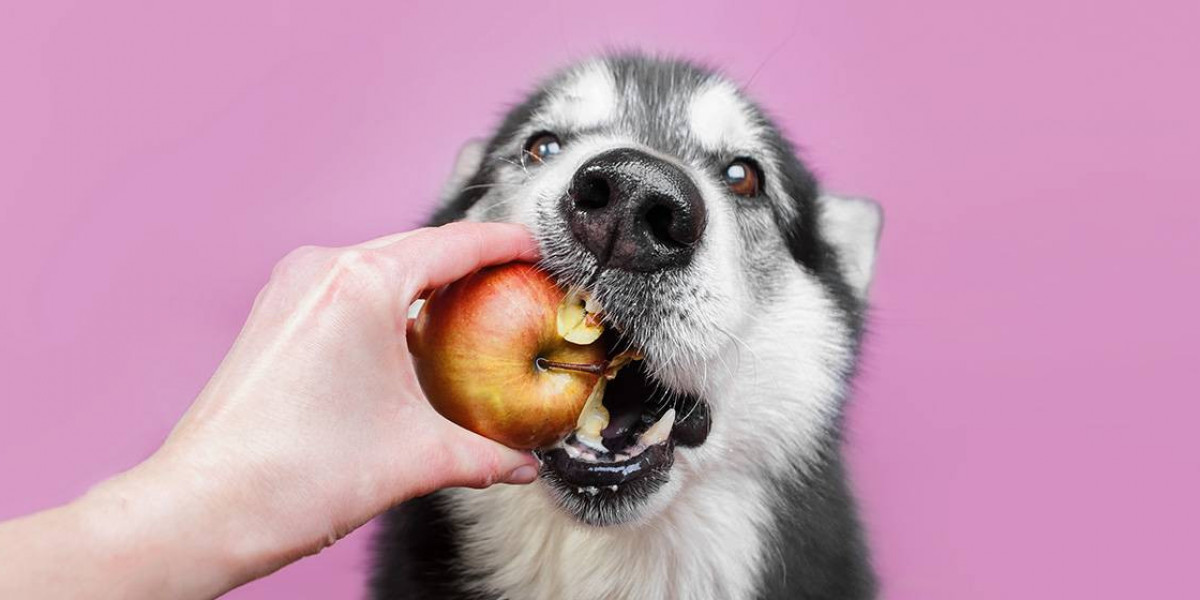Dogs are more than just pets they're cherished family members. And just like us, they enjoy the occasional tasty treat. When it comes to sharing snacks with our pups, many pet owners wonder: What fruits can dogs eat? Are fruits even good for them? Are some dangerous?
The short answer: Yes, dogs can eat certain fruits and many are packed with nutrients, hydration, and fiber. But there are also fruits that should be avoided entirely due to potential toxicity or digestive issues.
In this article, we’ll explore safe fruits for dogs, how to serve them, which ones to avoid, and the health benefits of incorporating fruit into your pup’s diet. And if you’re a vet, trainer, or pet parent with helpful knowledge to share, we’d love to have you Write for us pets at Thepetslover and contribute to our passionate pet-loving community.
Benefits of Fruit in a Dog's Diet
While dogs are omnivores and don’t need fruit to survive, adding the right kinds of fruit to their diet can offer some nice perks:
Natural vitamins like A, C, and K
Antioxidants to fight inflammation
Hydration from high water content
Digestive support through fiber
A low-calorie treat option instead of processed snacks
Of course, fruits should only be fed in moderation. Too much sugar (even natural sugar) or fiber can lead to stomach upset or weight gain.
Dog-Friendly Fruits (Safe and Healthy)
Here’s a list of fruits that are safe for dogs and how to prepare them.
1. Apples
Apples are a great source of fiber and vitamin C. Just be sure to:
Remove the core and seeds (they contain cyanide).
Slice into manageable pieces.
Offer raw or frozen for a crunchy treat.
2. Bananas
Bananas are soft, sweet, and full of potassium. They’re great for:
Mashing into dog food
Freezing into treat molds
Using as a training reward
Don’t overdo it bananas are high in sugar.
3. Watermelon
Perfect for summer, watermelon is over 90% water, making it super hydrating.
Remove all seeds and the rind.
Serve in small, bite-sized chunks or frozen cubes.
4. Strawberries
These juicy berries are rich in antioxidants and vitamin C.
Chop them into small pieces.
Try mashing them into dog-safe yogurt for a fruity pup parfait.
5. Blueberries
A superfood for dogs and humans alike! These little berries are:
Low in calories
High in antioxidants
Great for senior dogs' cognitive support
They’re the perfect size for small dogs, too.
6. Pineapple
Fresh pineapple (not canned!) is loaded with vitamin C and digestive enzymes.
Remove all skin and hard core.
Serve in small, bite-sized chunks.
A little goes a long way due to its natural sugar content.
7. Peaches (Occasionally)
Fresh peaches (not canned or syruped) are safe in small amounts.
Remove the pit it’s toxic and a choking hazard.
Slice and serve fresh, not preserved.
8. Kiwi
Yes, dogs can eat kiwi! It's high in vitamin C and fiber.
Peel the fuzzy skin.
Slice into small pieces for easy digestion.
9. Pears
Pears are another hydrating and fiber-rich fruit.
Remove the seeds and core.
Slice thin and offer fresh or frozen.
Fruits Dogs Should Avoid
Just because a fruit is healthy for humans doesn’t mean it’s safe for dogs. Here are some fruits that are toxic or problematic for your pup.
❌ Grapes and Raisins
Extremely toxic to dogs even a small amount can lead to kidney failure. Avoid these completely.
❌ Cherries
The flesh is okay, but the pits, stems, and leaves contain cyanide. It’s too risky best to skip entirely.
❌ Avocados
Avocados contain persin, which is toxic in large amounts. Plus, the pit is a choking hazard.
❌ Citrus Fruits (Lemons, Limes, Grapefruit)
While not necessarily toxic, citrus fruits are too acidic and can cause stomach upset.
❌ Tomatoes (Green/Unripe)
Tomatoes contain solanine, especially when unripe. Ripe tomatoes may be okay in small amounts, but it’s best to err on the side of caution.
Tips for Serving Fruit to Dogs
Wash all fruit thoroughly to remove pesticides and dirt.
Cut fruit into small, manageable pieces to prevent choking.
Introduce one fruit at a time to check for allergic reactions or digestive issues.
Serve fruits raw, fresh, or frozen never canned in syrup or with added sugar.
Use fruit as a training treat or food topper, not a main meal.
How Much Fruit Can My Dog Have?
As a general rule, treats should make up no more than 10% of your dog’s daily caloric intake and that includes fruits.
The right amount depends on:
Your dog’s size
Activity level
Any existing health conditions (e.g., diabetes)
Too much fruit can lead to upset stomach, gas, or diarrhea. Moderation is key!
When to Ask Your Vet
While most fruits are safe in small quantities, it's always a good idea to talk to your veterinarian before introducing new foods, especially if your dog:
Has food allergies
Is overweight or diabetic
Is on a prescription diet
Some dogs may tolerate certain fruits better than others. Always keep a close eye the first time you introduce anything new.
Want to Share Your Own Dog Diet Tips?
If you’ve experimented with fruity treats or have advice about canine nutrition, we’d love to hear your story. Write for us pets at Thepetslover and join a community of passionate pet lovers sharing knowledge, care tips, and happy tails!
Final Thoughts
Fruit can be a fantastic and healthy addition to your dog's diet when offered safely and in moderation. From crunchy apples to refreshing watermelon, there are plenty of dog-approved options to try. Just remember to avoid the dangerous ones like grapes and cherries, and always serve fruit in small, dog-friendly portions.
Giving your furry friend a bite of your fruit can be a fun bonding experience. Just be sure to do it responsibly. Because when it comes to our pups, their health and happiness always comes first.








